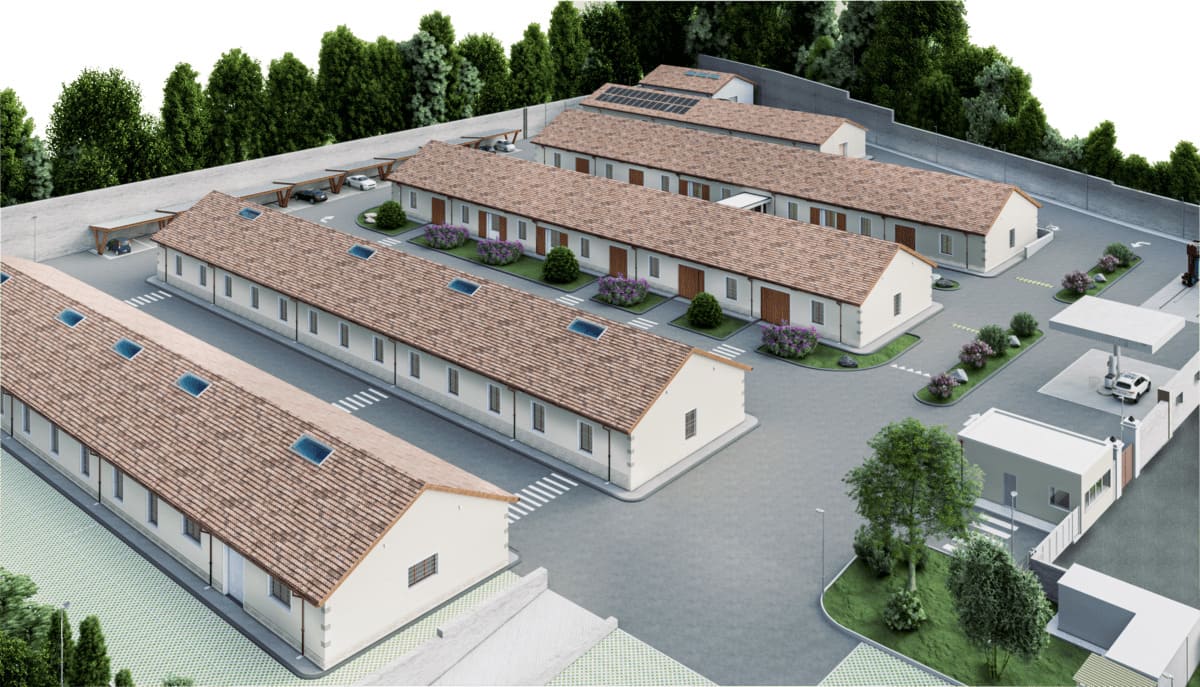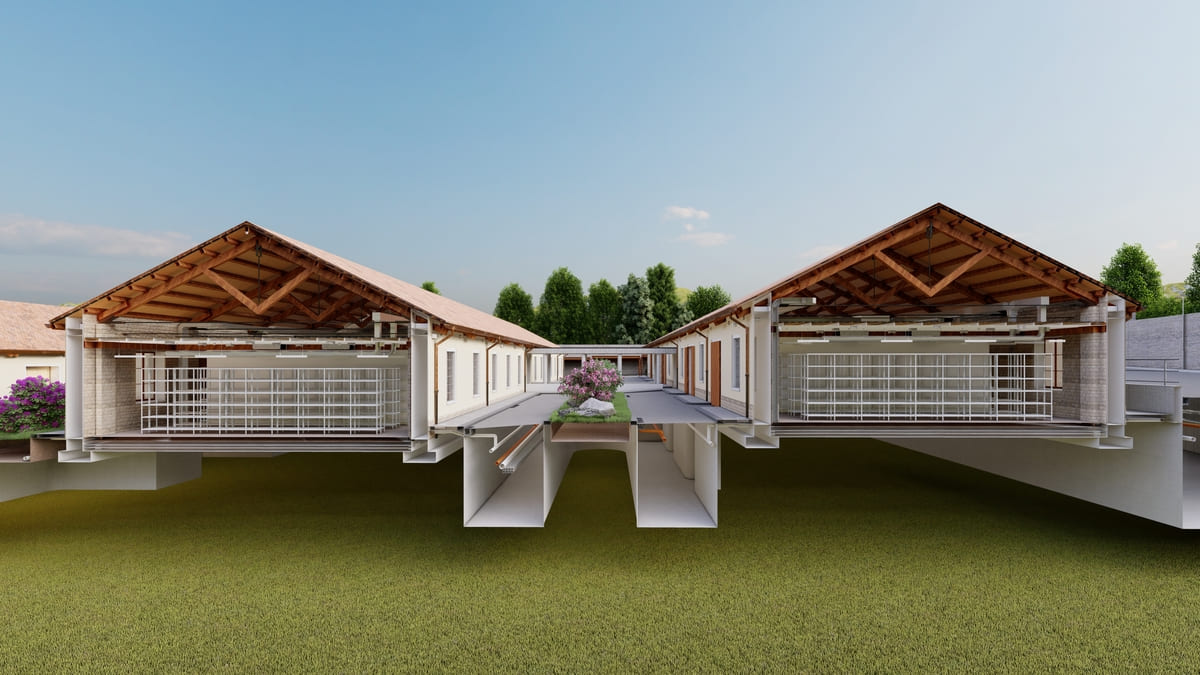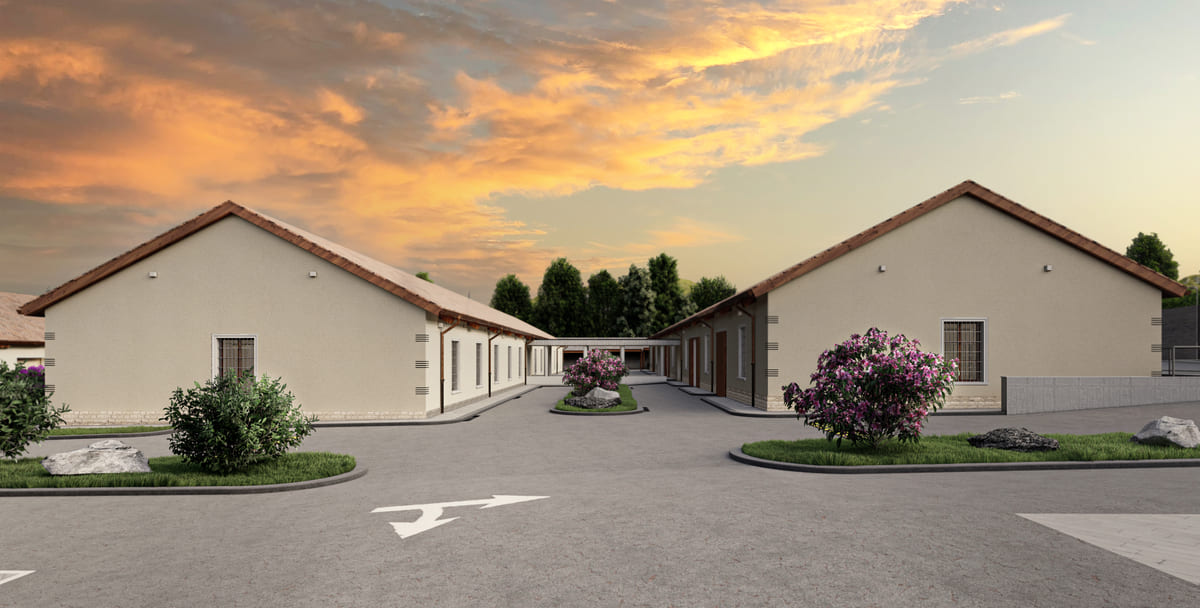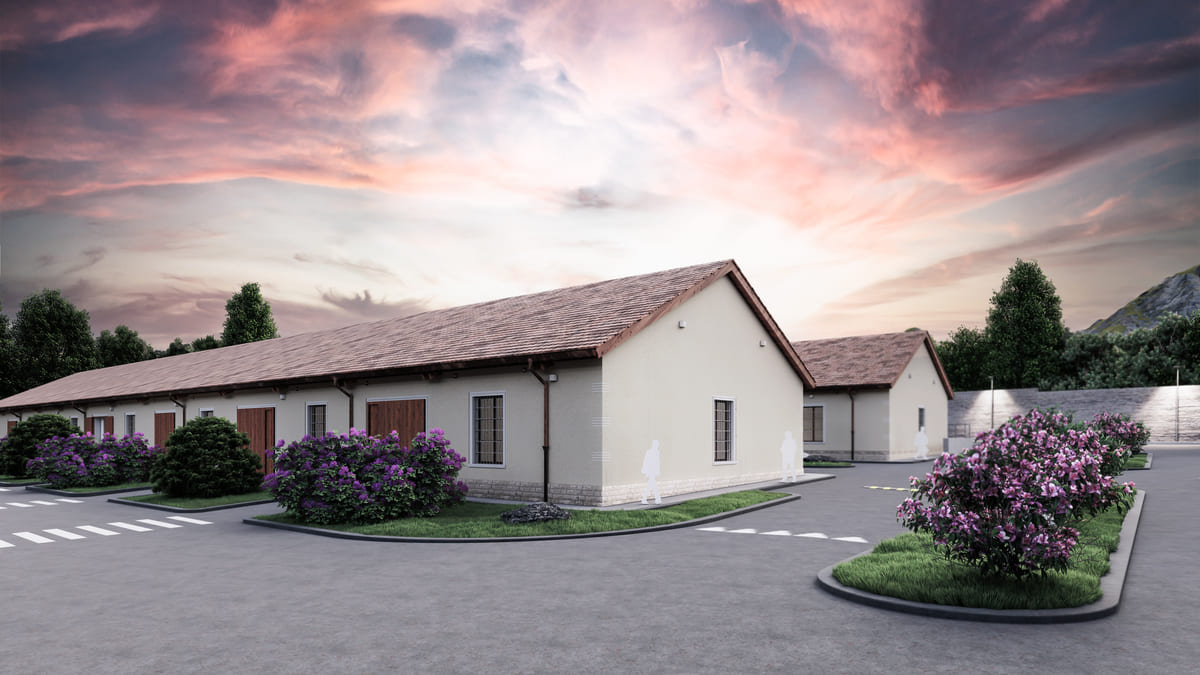Definitive and executive design and safety coordination in the design phase, using BIM autoring software for the restoration and conservative rehabilitation of some buildings that are part of the building complex located in the municipality of Messina, known as the Masotto barracks.

The complex was founded in 1917, when following the 1908 earthquake, it became necessary to build new structures that met the needs of a territory of fundamental importance from a strategic-military point of view. Messina, over the centuries, has needed fortifications to defend itself from potential attacks by sea and exercise its hegemony in the Mediterranean.
In 1895 a conflict flared up between the Kingdom of Italy and the Empire of Ethiopia, which went down in history as the War of Abyssinia (Abyssinia was the ancient name of today’s Ethiopia).



The defeat of Adwa in 1896 saw the destruction of the Italian army. On the slopes of Mount Semaiata remained two mountain batteries led by Eduardo Bianchini and Umberto Masotto with the order to resist to the last man. Both were destroyed and the two commanders died in the field.
They were then decorated with a gold medal for military valor. With Umberto Masotto many Sicilian soldiers perished. In memory of these fallen, the Monument to the Masotto Battery was erected in Messina; the Umbertino Fort north of Curcuraci and the barracks receiving the interventions in question were also named after Masotto.

The AICI ENGINEERING team of professionals proceeded with digital processing and representations using BIM software, preliminary analysis and integrated collaboration activities, final and executive design, compliance with European requirements on sustainable construction, workplace safety, refunctionalization through restoration and conservative rehabilitation of some buildings that are part of the building body.
Certified and ecological materials have been chosen, along with modern technologies for managing the systems and optimizing consumption. The compendium is subject to restrictions pursuant to Legislative Decree 42/2004 which protects the cultural heritage. The project was presented at the SAIE in Bologna as an example of BIM modeling.